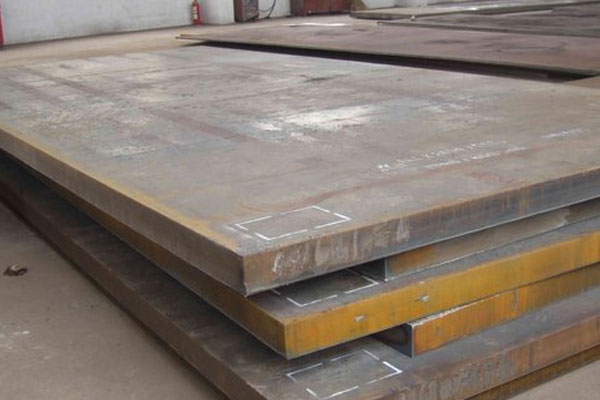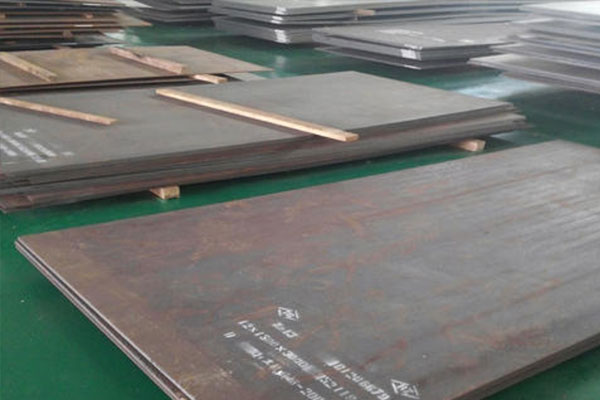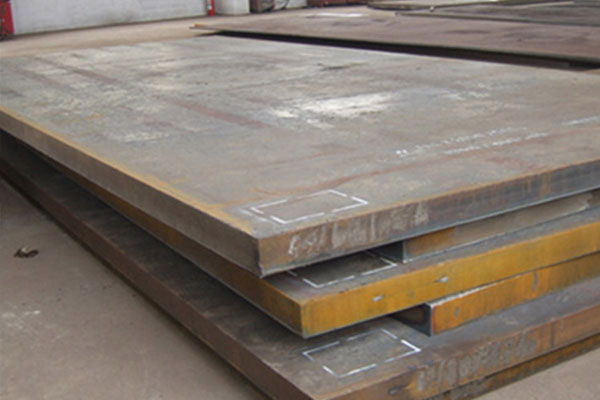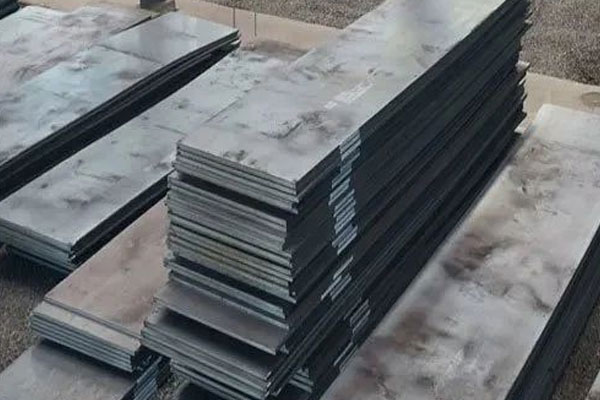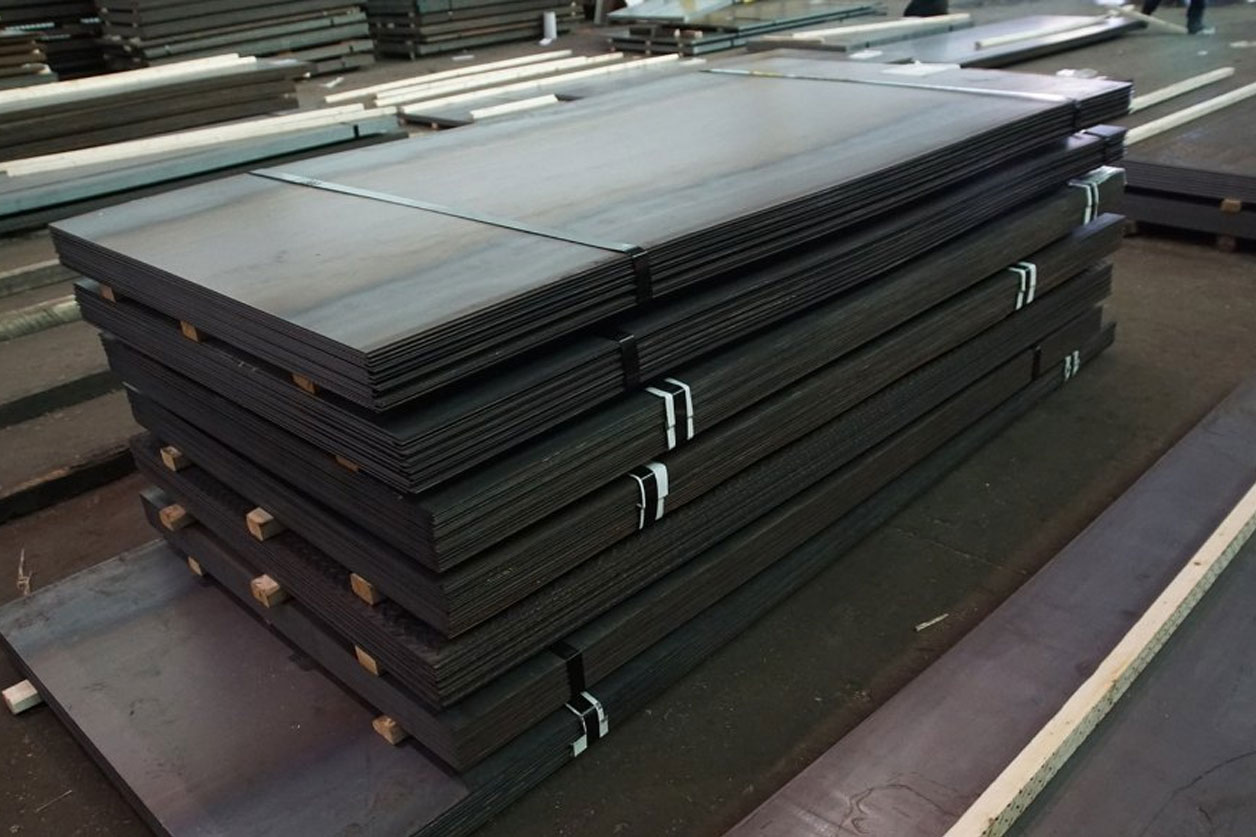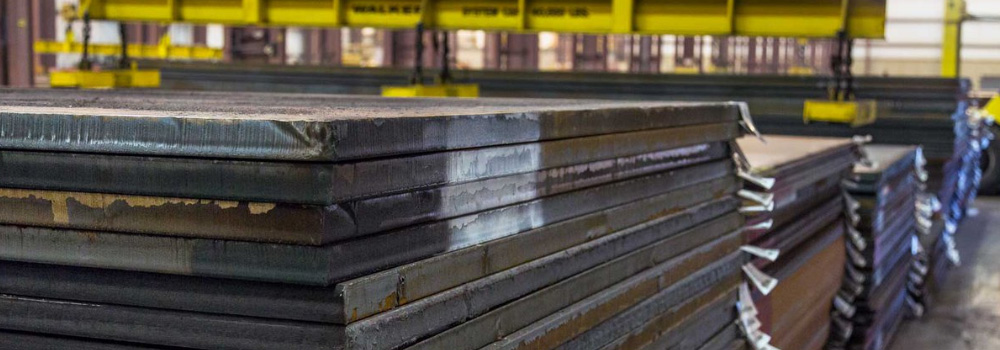
When you imagine steel, you most likely picture that it’s extremely heavy, right? After all, something as strong as steel would have to be heavy due to its thickness.
Prompt high-strength low-alloy steel.
This high-strength metal is manufactured particularly to offer certain mechanical properties while providing one exclusive advantage: It’s lightweight for the same strength equivalent to standard steels.
But what exactly is high-strength low-alloy steel and what benefits does it provide in the roll forming procedure over standard carbon steel? Let’s take a closer look!
WHAT ARE THE ADVANTAGES OF HSLA STEEL
There are several advantages of using HSLA steel, some of the major advantages of HSLA steel include:
High yield strength:
High-strength low-alloy steel offers high yield strength. This refers to plastic deformation; the quantity of force one can put on the steel before it starts to bend and doesn’t bounce back into place is referred to elastic deformation.
Improved formability and weldability:
One of the major methods that make High-strength low-alloy steel important in the manufacturing industry is its amplified strength that allows for weldability and formability. The formability of HSLA is enhanced due to the capability to bend without breaking. This makes HSLA easy for manufacturers to bend it at any angle up to 180 degrees without any crazing or “cracking”.
Cost-effectiveness
Increasing the carbon content of steel is the most significant cost-effective way to amplify its strength. On a common basis, the expenditure associated with creating High-strength low-alloy steel is normally higher than with other metals. However, due to the strength to weight ratio gained by using HSLA, less materials are used and the actual cost is reduced. This decline in cost makes the HSLA appropriate for any budget.
Better corrosion resistance
High-strength low-alloy steel material has a little higher resistance to corrosion than standard carbon steel. This is because of the micro-structure that includes high-strength low-alloy steel. And by adding chromium, HSLA steel becomes more resistant to corrosion.
INDUSTRIES IN WHICH HIGH-STRENGTH LOW-ALLOY STEEL SERVES
AUTOMOTIVE INDUSTRY
One of the most common industries to find HSLA steel is in the automotive industry. High-strength low-alloy steel’s substance properties make it immense for the automotive industry. One of the areas that have benefited with HSLA is fuel efficiency. The lighter the car is, the easier it is for the engine to move the car, resulting in enhanced mileage.
Strength is a main factor in automotive applications. Referred to as “toughness” in steel specifications, it’s common to find High-strength low-alloy steel in the side panels and the doors of vehicles. This benefit has two major purposes; To offer the vehicle with sufficient strength to carry its travelers and to amplify the vehicle’s capacity to absorb impact, resulting in a safer driving experience.
THE STEEL THAT’S A STEAL
High-strength low-alloy steel (HSLA) is a precious product for several industries and provides plenty of benefits during the roll forming procedure. Its comparatively low weight and high level of strength strike a great balance — one that is appropriate for several architectural and construction projects. (Not to mention it’s inexpensive compared to many other metals.)


